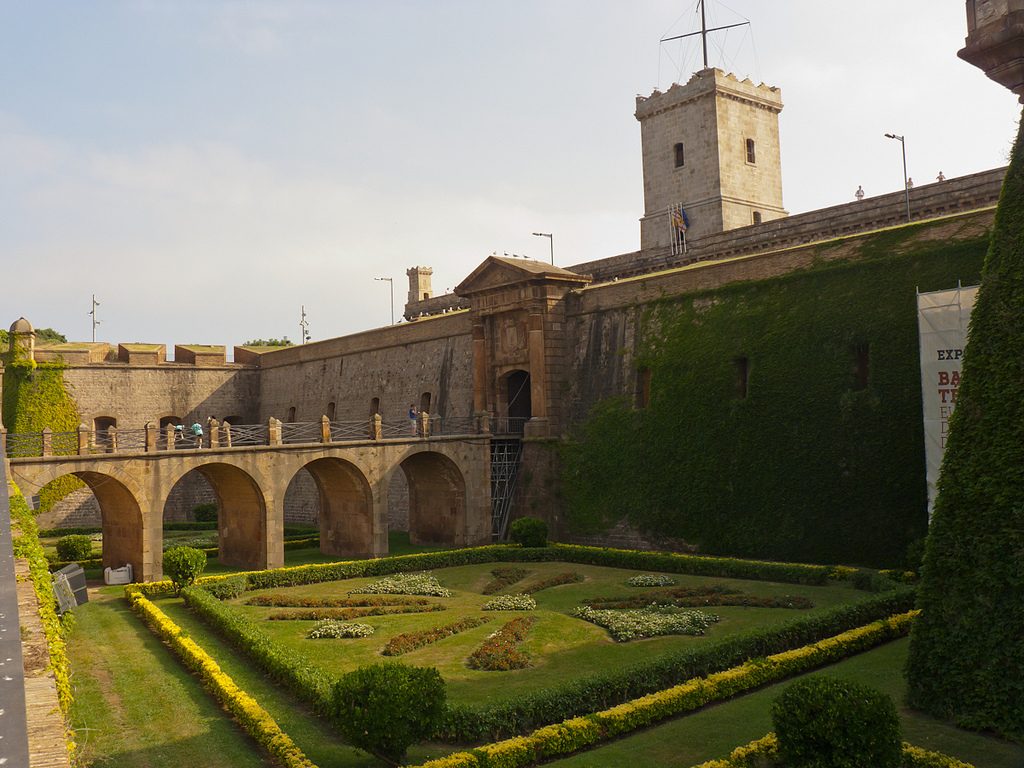(English) The 7 Most Impressive Castles to Visit in Catalonia
Catalonia is a region that’s famed for its high number of castles. There are some 600 castles in Catalonia and forts to be found across the four Catalan provinces. Most of them come from the same era, the Middle Ages, and provide a fantastic insight into Catalonia’s rich and varied history.

The castles played a defensive role and were often built high up in more fortified positions. Most can be found towards the south of Catalonia, designed to ward off the Muslim conquerors. Between the years 716 and 726, the Muslims invaded Catalonia, advancing all the way to France where they were defeated and had to retreat to the Pyrenees. Barcelona’s forces began attempting to retake the areas occupied by the Al‑Andalus, so built castles as they recovered territories to remain vigilant and fend off any further attacks.
As the years rolled by, theonce defensive structures have transformed into beautiful stately palaces. Let’s take a look at the 7 most impressive castles in Catalonia.
Castillo de Sant Ferran
Found in the town of Figueres (Girona), it has the honour of being the biggest monument in Catalonia and Europe’s largest bastion fortress with a total area of 32 hectares. This 18th century fortress had room for 6,000 soldiers to help halt the invasions. During the Spanish Civil War, it served as one of the places to safely store the Prado National Museum’s artcollection, and was the scene of the last speech made by Juan Negrín, President of the Second Spanish Republic. Currently, it is open to the public and offers guided tours. It is also possible to rent some of its spaces for celebrations and special events.
Castillo de Montesquiu
Located in Montesquiu Park (Barcelona), it is one of the municipality’s greatest symbols of its past. In the 9th century, it served as a guard tower, before becoming a defensive barracks in the 14th century, but it wasn’t until the 20th century that it took its current form as a castle. After a period of significant renovation, it now remains open to the public.
Castillo de Cardona
Home to the Parador Nacional de Turismo Duquesof Cardona, it is located in the town from which it takes its name in the province of Barcelona. It is the biggest medieval fortress in all of Catalonia.
Castillo de Montjüic
This ancient fortress in Barcelona has had various roles throughout its history. It is symbolic of the various struggles that Barcelona has lived through. Its current appearance is the work of Juan Martín Cermeño, who was charged with remodelling this privileged defensive enclave in the 18th century from which the entire city can be seen. From the castle, Barcelona was bombarded on many occasions, and this was the place of Lluís Companys’ execution, the former President of the Generalitat. In the 1960s it was used as a prison and, subsequently, Franco opened its doors as the Museum of Weapons. It is currently open to the public and is one of the wonders of Montjüic’s magic mountain.
Castillo de Claramunt
Nestled in the beautiful Sierra de Guardia mountains in the municipality of La Pobla de Claramunt (Barcelona), its origin dates back to the 10th century, and was the site of clashes between the Al-Andalus and the region of Barcelona. On several occasions, it has been torn down and rebuilt. In its current guise, the walls have been preserved, presenting the original structure of this 12th century castle.
Castillo de Montsonís
Located in the upper part of the region in the province of Lleida, this castle and its circular tower served to protect Muslim lands. Several theories suggest that in the 16th centuryit was comprehensively remodelled to give the castle its current look. It also provided shelter for pilgrims who took part in the Way of Saint James pilgrimage. Currently, it is an inhabited castle, so only part is open to the public.
Castillo de Miravet
In the town of Miravet (Tarragona), we come across this Andalusian castle that, unlike many other fortresses, served to protect the territories conquered by the Muslims in Spain. Ramón de Berenger IV retook the castle and gave it to his knights of the Templar. It is currently open to the public and is considered the best example of Templar architecture.
Categories: barcelona




Leave a Comment